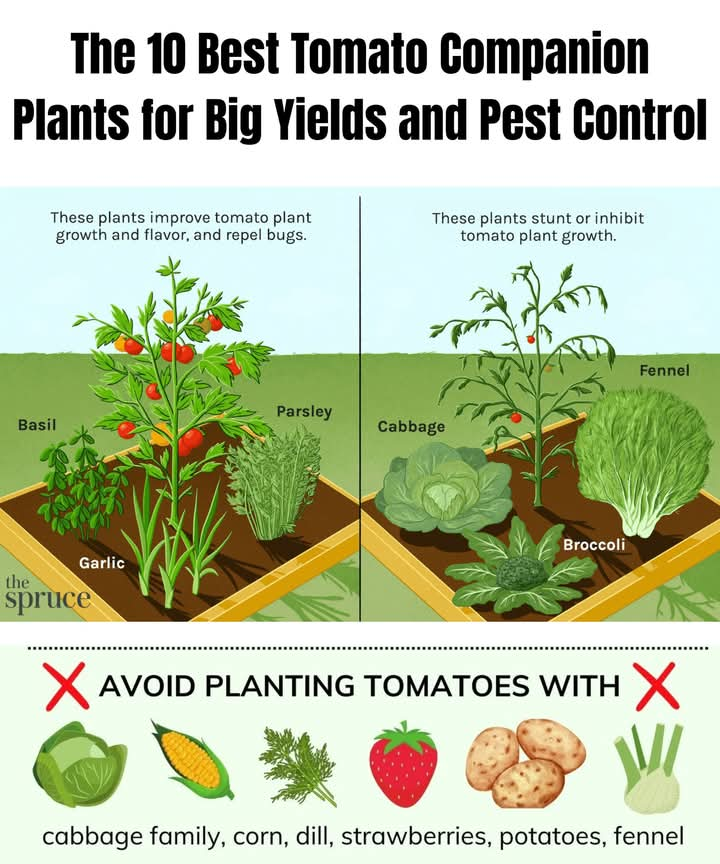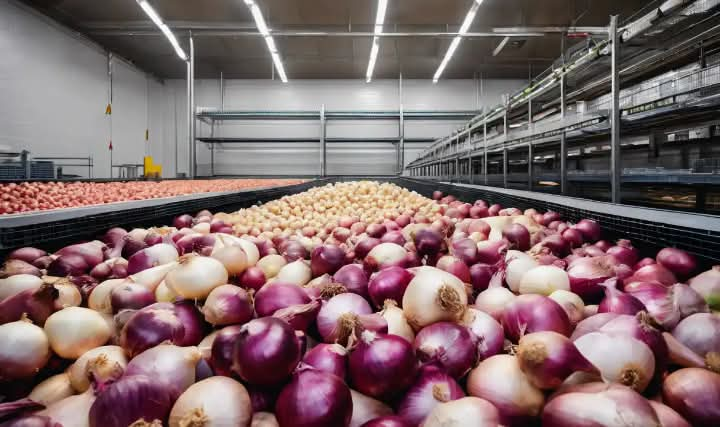How to harvest and store onions
How to harvest and store onions.
A number of farmers have asked how they can prolong the shelf life of their onion harvest as they look for markets.
A large percentage of their harvest is lost, especially during the rainy season.
Below, are tips on how farmers can reduce such losses through proper drying and storing of onions.
Onions are important vegetables that are grown consumed daily.
They are rich in nutrients and are popular in nearly every household.
After all the work done to grow and manage the crop well, farmers must ensure they handle the crop well during and after harvesting.
Farmers are advised to harvest the onions on time, preferably when it is not raining (on hot and sunny days).
Harvesting tips
• Follow the recommended management practices. If a farmer is not careful, the onion crop might get infected by insects, diseases, or nutrient problems. A sickly crop cannot be stored for long.
• Ensure that when the bulbs start forming, the onion bulbs are well covered with soil. This will minimize sun scalding that occurs at the shoulder of the onion, when the plants are exposed to sunlight for a long time. Sun scalding also happens when harvesting is delayed especially during the dry season. When this happens the top layers of the bulb will dry up and start to peel.
• Harvest onions when they are fully mature, 90-150 days after sowing, when you see the leaves of the plant collapse.
Alternatively, the leaves can be bent over and left to dry for 10-12 days. Water stress can also cause leaves to collapse, so be careful to differentiate maturity from lack of water.
When the neck of the onion is dry and tight, then the onions are ready for picking from the field.
• Harvesting before full maturity means that the water content in the onion will be higher and this reduces the period the onion can be stored.
It is important for the farmer to know the variety of onion planted so as to estimate the expected time of maturity and harvest.
• When harvesting, pull out the crop by hand gently to avoid bruises which can act as entry points for bacteria. Keep the produce for some days in the field with the bulbs covered by the leaves.
• Try as much as possible to time your onion crop in such a way that harvesting happens when the weather is dry.
Harvesting when it is raining increases chances of rotting. Do not handle the bulbs when they are wet.
• Remember sunshine is good as long as it is not too hot. Too much of it will cause scalding.
Check the progress of the onions from time to time and remove those that have gone soft or started to rot.
•To dry the onions, you can hang the onions in small bunches and tie the tops together with a string to dry.
If drying indoors, spread the onions out in a well ventilated room (one foot away from the wall) with a lot of air circulation for 2-3 weeks. Without fresh air circulating, the bulbs will rot.
• The onions are considered well dried once the neck is tight, the outer skin is dry, makes a rustling sound when handled and the skin colour is uniform.
• Use a sharp knife or hand clipper to cut off the leaves and roots and pack the produce in nets (or crates if they are to be stored) for transport to the market or for safe keeping. Do not pack onions in closed plastic bags.
Storage tips
Before storage, sort and discard onions that are bruised, damaged by insects, diseases, sunscald and sprouted.
Do not mix the good quality onions with the damaged ones. Freshly harvested bulbs are dormant (inactive) and will not sprout for a few weeks, depending on the variety. Good storage will extend the dormancy period.
Make sure the bulbs are stored in a clean, dry, cool and well aerated place.
This will help reduce losses related to low prices, oversupply in the market and poor storage.




